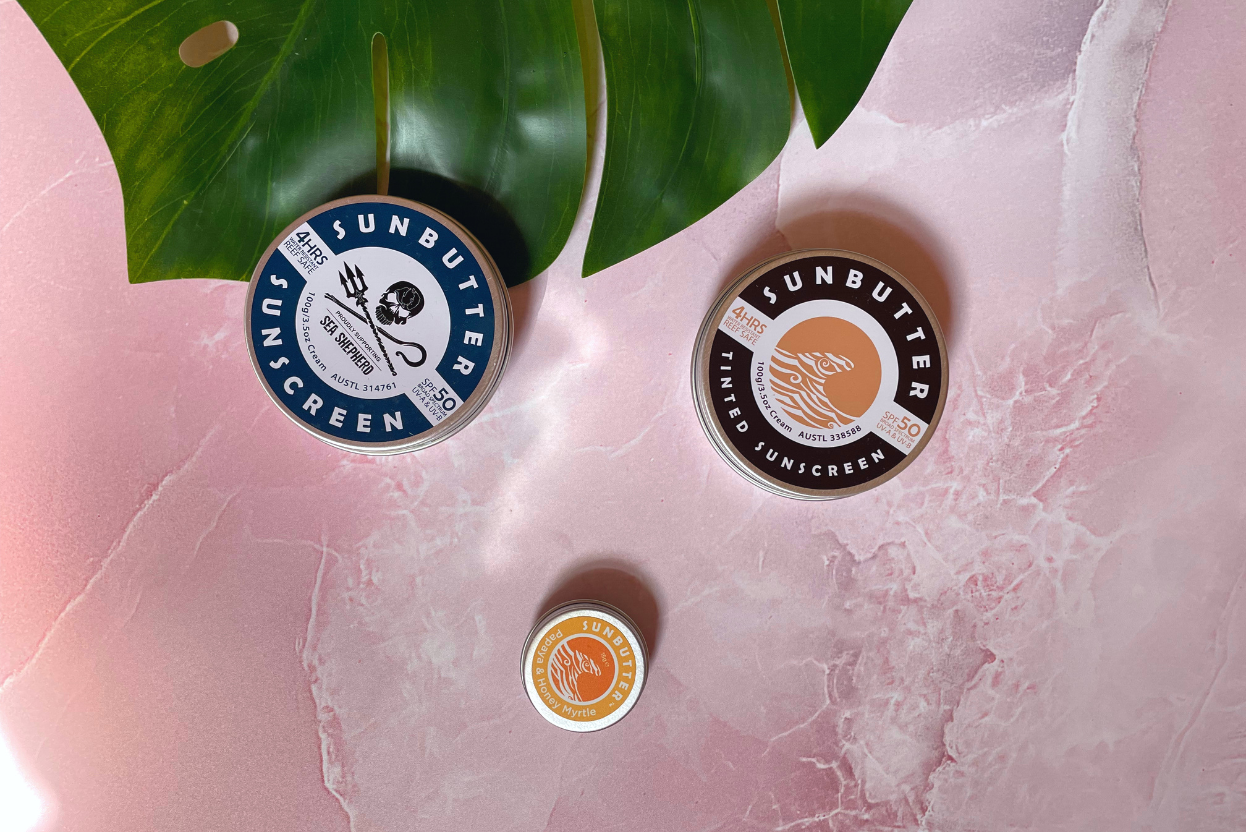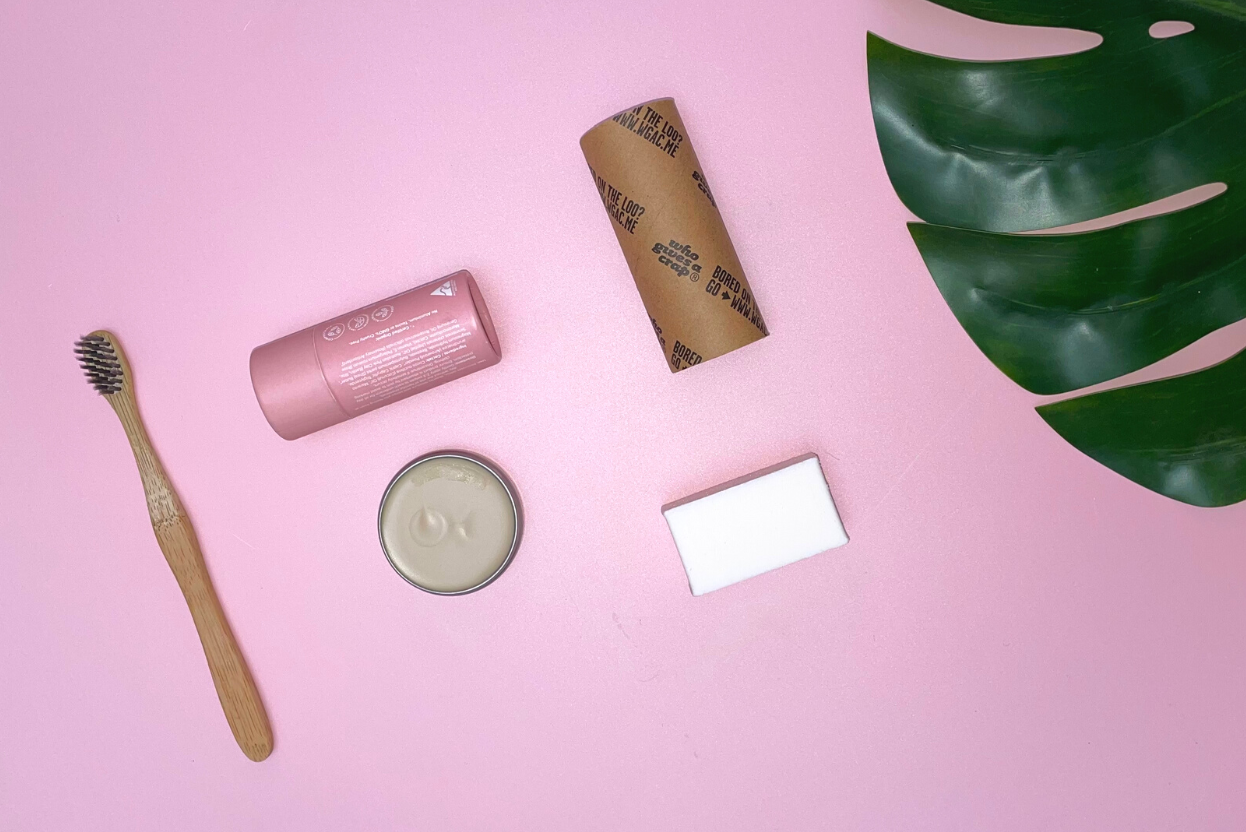Camille Reed is a self-confessed 'do-er'. She's the Founder of BY MILI, a Sydney based textile design studio, and an official ambassador for Textile Recyclers Australia, one of the first ever closed-loop textile manufacturers. After more than a decade in the industry, she's seen every side of the rag trade and now, she's determined to change it for the better with her inaugural event, The Australian Circular Fashion Conference.
What industry experience do you have?
Before starting By Mili, I worked for several of Australia's largest retail manufacturers creating textile designs for women's fashion. I came to understand the effects of fashion on the environment in ways that had never crossed my mind, and back then, there was very little information about textile waste and responsible fashion. Now, sustainable textiles are urging to the forefront of the industry, and after ten years working in fashion, I understand apparel manufacturing. As a creative, the opportunity to break away and start my own studio was too great, so I launched By Mili, and it took off just over two years ago when I was supplying my original textile designs to the international fashion market.
What is The Australian Circular Fashion Conference?
The first exclusive Australian Circular Fashion Conference is pitched directly at the fashion retail sector to target business leaders. The one day conference is focussed on education and awareness, to establish better collaboration within the Australian fashion industry and to introduce better tools and resources for creating economically viable businesses for the future. The whole premise stemmed from the severe impact the fashion industry has had on the environment and what we can do to support closed loop innovation right now, right here in Australia. To improve the current model, we need to associate the importance of environmental change and the rising challenge from international and competitive markets.
Was there a lightbulb moment or was it a series of events that inspired you to start planning TACFC?
It was while I worked at Forever New that the first seed was planted; I came to understand the impact of post-consumer fashion and several colleagues felt the same way so we pulled together the 'FN Green Team'. My personal goal was to carry the business into a new realm of sustainability, so I pulled together the first sustainability department for the company in 2015, but before I could make an impact, I left Melbourne for Sydney and the company didn't follow through with my plans. I held onto the idea and it's been one of the many catalysts for the event.
2018 marks the inaugural event for TACFC. What's it been like planning such a big event?
Seriously, an adventure! It's been a little over seven months in the making and I've worked my way through cold-call after cold-call to like-minded professionals and starting building relationships. My background in graphic design made the aesthetic side of the event planning easy, and the people I've met while planning have been incredible. The positive vibes just keep coming and the adrenaline is pushing me, but I can't even count the number of to-dos on my list! I've given up my textile designing to work unpaid full time on the conference because I believe in this goal more than anything.
As an industry, we have a lot to do, but how can individuals get involved in circular fashion right now?
The fashion industry is transforming and over the next few years, companies both big and small will be asking the right questions and making the right changes, it's a very exciting transition. Consumers can now access a plethora of information easier than ever before through excellent resources such as Good On You, Eco Warrior Princess and The Fashion Advocate - an awesome influential blog for all the right reasons!
The fashion system is complex; from design and manufacture to distribution and waste management, a single fashion garment can have an impact on the environment in multiple countries. What phase needs the most reform to reduce the environmental impacts of fashion?
You're right; for a $50 shirt, the number of processes to produce it bears a hefty toll on the environment, and we take what we wear for granted. Fundamentally, the simplest changes can be made to how we wear and care for our garments, and how we dispose of them. 95% of textile material can be recycled, so there's an enormous opportunity to approach textile waste as a commodity. If we increase recycling, we can rapidly decrease the use of natural resources, and decrease toxic pollution. During the production phase, garments which are made with recycled fabrics use less than half the amount of water and chemicals than their non-recycled counterparts, so the solution is clear.
What can event guests expect to learn at the event?
Our industry experts will introduce new tools and resources for creating economically viable businesses for the future. Guests can expect to become fully immersed while they participate in roundtable discussions, learn directly from professionals, and gain insight from industry specialists. The focus of the event is to encourage constructive conversation and collaboration, and we're giving the power to the public to drive this movement.
Who are some of the key speakers and why have you involved them in the event?
Clara Vuletich, Patrick Duffy, Fabia Pryor, Graham Ross and Lisa Heinze are just a few of our big names, and we have a mix of professionals from different backgrounds. The broad array of speakers reflects our multi-faceted fashion industry. Different minds from different backgrounds can offer true value and generate a think-tank for real change. Our experts understand the business of fashion and they know how to sustain a prosperous industry; it requires smart business practice to create an economically realistic future and that's what we'll talk about.
The Australian manufacturing industry has been suffering for decades. Why do you think this is and how do we turn it around?
Sadly, the cost of local manufacturing is a big buzz kill, but it's a double-edged sword; we're conditioned to want affordable fashion, and we're not prepared to pay for ethics. How do you squeeze costs in Australia with the overheads we have and the high wages we pay? We've also been suffering due to the decline in skilled pattern makers, they're from another generation, and they're not being replaced with a new workforce. We've been trained to outsource production and seek competitive bulk manufacturing which drives down prices, so 95% of manufacturing now happens offshore. We need the government to step in and invest and show interest, and we need support for the local industry to provide opportunities for printing, pattern making and manufacturing.
Is there anything else you'd like our readers to know that you haven't been asked?
This is our first event, but we're set to run this annually. It's a not-for-profit event because we're seeking change for the Australian fashion market. The beauty of fashion is in its flexibility, we can be as inventive and creative as we want, and we can do it sustainably; there is much to be explored in this growing million dollar industry.
Head to australiancircularfashion.com.au to buy tickets to The Australian Circular Fashion Conference in Sydney and be part of the positive change for a sustainable fashion future.
The Fashion Advocate x





